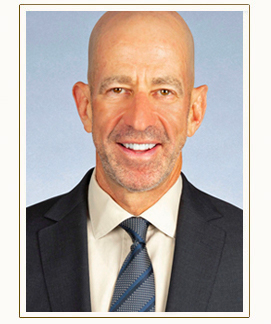Seniors are subjected to a constant drumbeat of advice: make sure you have no assets in your own name, or you will lose them to the nursing home. Transfer everything to your children to “protect” your assets. Sound familiar? Is it good advice?
We usually counsel against such transfers. They are a bad idea for several reasons, but chiefly for these two reasons:
- 1. Such transfers are not likely to work, given the five-year look-back period for Medicaid eligibility. In other words, if you make such a transfer shortly before you go to the nursing home, you won’t be eligible for government assistance with your long-term care costs for up to five years — or even longer, in some cases.
- 2. Even if you successfully “protect” your assets from your own nursing home costs, you have just subjected them to the recipient’s creditors and claims.
That second item was the one that cost Deborah Block (not her real name) her entire life savings. In 2002 Ms. Block transferred her brokerage account, worth about $200,000, into her daughter’s name. Why would she do such thing? She later testified that it was because she understood that she could not have any assets in her own name if she later wanted to qualify for Medicaid assistance with her long-term care costs. She wanted to protect her money from that possibility, and also from any “scammers” who might try to talk her out of her funds.
Ms. Block, 71, lives and still works as a nursing assistant in a small town. She and her husband owned a pharmacy there, and sold their business to a large chain store ten years ago, just before her husband’s death. The proceeds went into an account in their joint names, and were transferred to Ms. Block’s name upon her husband’s death.
Later in that same year, while visiting her daughter in New York, Ms. Block decided to put her entire life savings into a brokerage account in her daughter’s name. The daughter’s Social Security number was listed on the account, the daughter paid taxes on the income, and she was listed as the sole owner. Ms. Block did have a debit card on the account, which she could (and did) use to pay for purchases.
In 2010, after the stock market dropped precipitously, Ms. Block’s daughter moved the money into a new investment vehicle. She paid over $18,000 for a complicated trust arrangement in order to protect the money from creditors. Although she initially contacted the purveyors of the trust instrument, she received documents for her mother’s signature from them. The documents included a trust naming a third person as trustee, and a private annuity agreement.
Meanwhile, Ms. Block’s daughter was having trouble with her own investments. She owned a piece of investment real estate with a second mortgage. When that loan’s balloon payment came due, the property had diminished in value to the point that she could not refinance — so she declared personal bankruptcy. The question then became whether her mother’s brokerage account was part of her bankruptcy estate.
The bankruptcy court ruled that yes, the account did belong to Ms. Block’s daughter. Although both women testified that they thought of the money as belonging to Ms. Block, and that the daughter was just holding it in a sort of trust arrangement for her mother, the bankruptcy court noted that Ms. Block had said she transferred the money in order to make sure he had no assets and could qualify for Medicaid if she ever needed it. Here is the bankruptcy judge’s telling analysis:
“After all, [Ms. Block and her daughter] argue, why would a woman who was advancing in years, nearing retirement and working for an hourly wage, give the entirety of her retirement nest egg to her daughter? The answer lies in Ms. [Block]’s own testimony — she wanted to remove the funds from her own name and place them into the name of her daughter, in order to be eligible for Medicaid and other publicly available benefits, should the need arise. Ms. [Block] can’t have it both ways — she can’t part with title for purposes of Medicaid eligibility, and at the same time claim that she retained an equitable title to the asset. To allow this kind of secret reservation of equitable title would be to sanction Medicaid fraud.”
The bankruptcy judge, incidentally, also completely dismissed the effect of the trust arrangement established by Ms. Block’s daughter. The end result? Ms. Block’s life savings were swept into the bankruptcy proceeding to satisfy her daughter’s investment losses.
The moral of this story is that if you are serious about wanting to protect your assets from the catastrophic cost of long-term care, it is imperative that you consult with a certified elder law attorney who can guide you on the best course of action for you.
For more information, visit www.elderlawnewyork.com.





